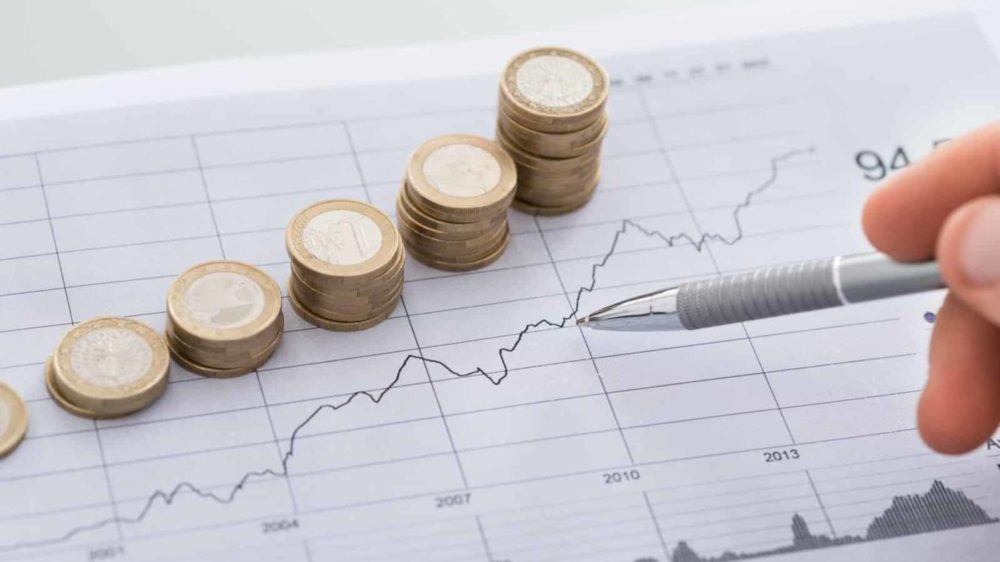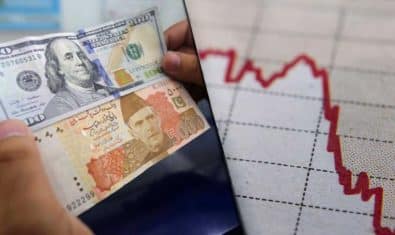State Bank of Pakistan (SBP) has increased the policy rate by 100 basis points, the fourth raise so far in 2018, with a 2.75% rise in the policy rate this year.
The central bank first hiked interest rates by 25 basis points in January this year, followed by 50 basis points in May, 100 basis points in July and another 100 basis points in September, which rocked the policy rate from 5.75% to 8.5% in less than a year.
High inflation rate and current account deficits are the main concerns of the economy besides the depleting foreign exchange and the weakening of the Rupee against the Dollar.
Since the last meeting of the Monetary Policy Committee in July 2018, Pakistan has witnessed notable changes on the political front. This has had a positive impact on business and consumer confidence in the country as reflected in multiple surveys. The smooth transition between governments addressed the political uncertainty observed hitherto, but concerns on the economic front continue to persist on the back of rising inflation and large twin deficits, that are likely to compromise the sustainability of the high real economic growth path.
High Inflation & Current Account Deficit
Inflation is creeping up, particularly from March 2018 onwards. So far, in the first two months of FY19, headline CPI inflation has averaged 5.8 percent as compared to 3.2 percent for the corresponding months of FY18, and an average of 3.9 for all of FY18. The jump is even more pronounced in core inflation – a key measure reflecting the underlying inflationary pressures in the economy.
For FY19, SBP’s inflation projections show that the average headline inflation is expected to fall in the revised forecast range of 6.5-7.5 percent. This assessment takes stock of the following factors:
- a higher than anticipated increase in international oil prices;
- an upward revision in domestic gas prices;
- a further increase in regulatory duties on imports;
- the continuing second round impact of previous exchange rate depreciations.
The current account deficit continues to pose a challenge. Despite some growth in workers’ remittances and exports in the first two months of FY19, a notable increase in the value of oil imports has kept the current account deficit at US$2.7 billion, as compared to US$2.5 billion, in the corresponding period last year despite non-oil imports declining during the period. Owing to these developments SBP’s net liquid FX reserves have declined to US$ 9.0 billion as of 19th September, 2018 compared to US$ 9.8 billion at the end of FY18.
In this backdrop, the Monetary Policy Committee noted that:
- while non-oil imports are responding to the contractionary measures a surge in oil prices is masking this improvement, and as a result the current account deficit remains high;
- rising trends in inflation mean that real interest rates have fallen and further;
- the unfolding global developments, whether in terms of oil-price shocks, protectionist trade policies and/or falling flows to the emerging markets, all pose challenges to macroeconomic management in Pakistan.
Slow Economic Growth Likely in FY19
Following a healthy growth of 5.8 percent in FY18, economic activity is likely to slowdown in FY19 as the general macroeconomic policy mix is focusing towards stabilization. Specifically, the transmission of SBP’s policy rate hikes by 175 bps since January 2018 is still unfolding. The government is also now pursuing a fiscal consolidation program and has further announced regulatory measures to slowdown the growing pressures on the external front. As a result, domestic demand is projected to decelerate in the coming months of FY19.
The recent monetary and fiscal measures are likely to affect Large Scale Manufacturing. Furthermore, the latest information shows that cotton production is expected to miss its FY19 target of 14.4 million bales with downside implications for agriculture sector growth. The ancillary services sector is expected to miss its FY19 target as well.
Some positive impact is expected from the contribution of exports led production and higher fertilizer production amidst depleting stocks and better availability of energy. After incorporating the latest information on both demand and supply, SBP projects the real GDP growth for FY19 at around 5.0 percent.

























